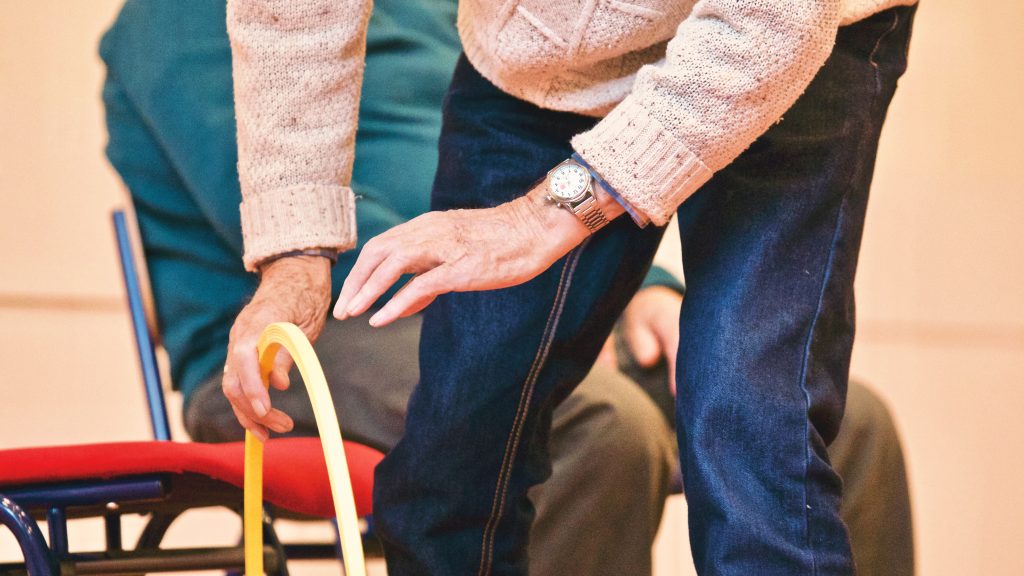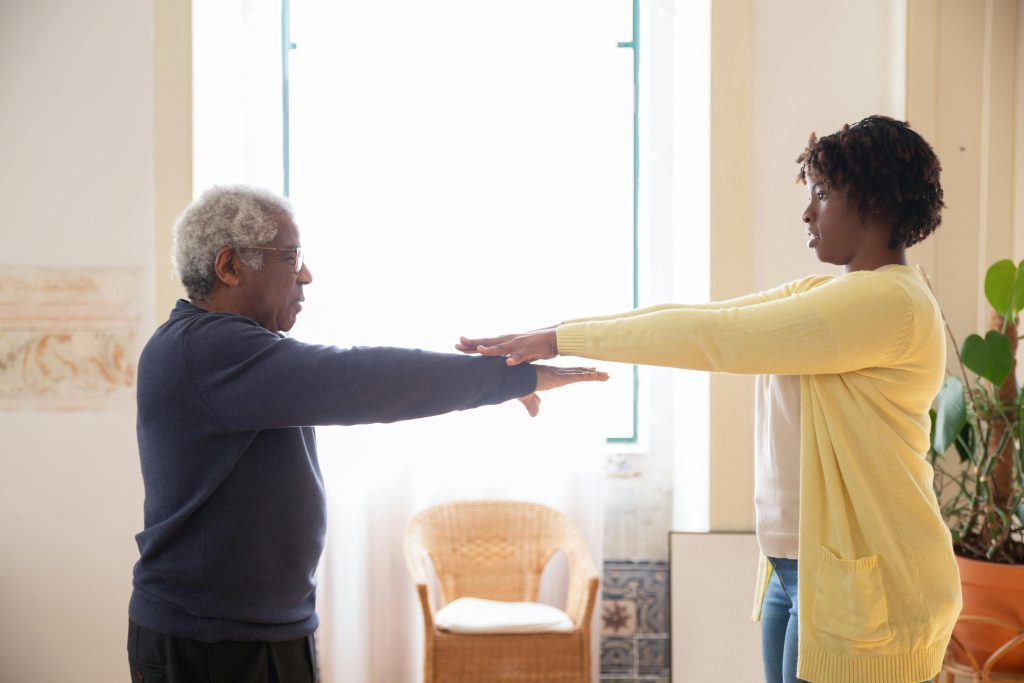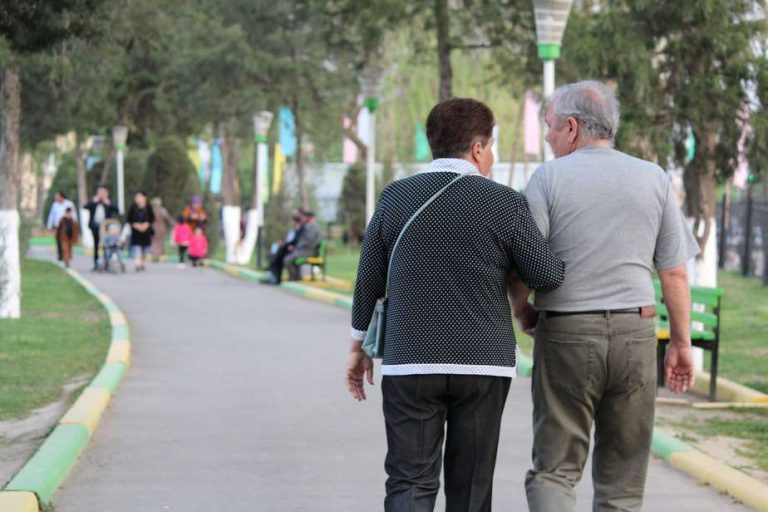Falls Prevention & Recovery Program
Just like any of our ultra holistic rehab therapy plan, falls prevention and strength recovery is a multi faceted effort including exercises, lifestyle planning, diet and rest, all addressed by the same team





Falling Is Not A Part Of Growing Old
Once you are over 50, to fall once is a warning; to fall twice within the year is a indicator to drastically do something quick
Read
Essential Frequently Asked Information
Most falls prevention services focus on exercise or basic home safety checks, but this programme is designed to leave no stone unturned. We brings together senior occupational therapists, physiotherapists, and dieticians to address not just strength and balance, but also daily routines, nutrition, and the lived environment. Occupational therapists redesign lifestyle and routines for safer, more meaningful days; physiotherapists target physical strength and balance; dieticians ensure nutrition supports muscle and bone health. On top of that, the programme may includes comprehensive caregiver training and home modifications, ensuring that risk factors are tackled from every angle. This multidisciplinary, holistic approach is in line with the latest world guidelines, which recommend multi-factorial, person-centred interventions for effective falls prevention, especially in high-risk groups. The involvement of case managers and collaborative clinicians ensures the plan is tailored and sustainable for each individual.
Falls are rarely caused by a single issue. They result from a web of factors – physical, environmental, medical, and even social. Evidence shows that multidisciplinary care, where different experts collaborate, is more effective at reducing falls than any one intervention alone. For example, physiotherapists may improve balance, but if the home is cluttered or routines are risky, the benefit is limited. Occupational therapists can spot these daily hazards and adapt routines, while dieticians address underlying nutritional deficits that weaken muscle and bone. Multidisciplinary teams also improve communication, ensure nothing is missed, and provide a united, person-centred approach that supports both patients and caregivers. Studies confirm that such collaboration reduces falls, improves adherence, and enhances quality of life for older adults.
Exercise is crucial, but it’s not the whole story. Lifestyle redesign and routine review, led by occupational therapists, look at how a person moves through their day: Are there risky habits, poorly timed activities, or unnecessary rushing? Small tweaks – like reorganising the kitchen, adjusting morning routines, or changing how one gets up at night – can dramatically reduce fall risk. Diet is equally important. Beyond calcium and vitamin D, nutrients like protein, vitamin K1, and even plant-based nitrates contribute to muscle strength and bone health. Malnutrition and dehydration are often overlooked causes of weakness and dizziness. The latest international guidelines recommend nutritional assessment as a core part of falls prevention. When exercise, daily habits, and diet are all optimised together, the risk of falling drops significantly.
A single fall can have life-changing consequences. In Singapore, falls are the leading cause of injury among older adults, accounting for 85% of elderly trauma seen in emergency departments. Consequences range from fractures and head injuries to loss of mobility and independence. Many never regain their previous level of function, and the psychological impact is profound: fear of falling again leads to reduced activity, social isolation, depression, and a downward spiral of deconditioning. Delayed prevention can mean more hospitalisations, higher healthcare costs, and, most importantly, a poorer quality of life for both the individual and their family.
In Singapore, about one in three community-dwelling adults aged 65 and above will experience at least one fall each year. For those over 80, it’s one in two. Falls account for 40% of injury-related deaths among older adults, and 85% of elderly trauma cases in emergency departments are due to falls. The crude incidence rate of unintentional falls for adults aged 60 and older was 277.7 per 100,000 in 2012, and the numbers are climbing as the population ages. Across Asia, prevalence varies: studies show fall rates in older adults range from about 14% to nearly 45%, depending on country and ethnicity. For example, Malaysian studies report rates as high as 44.5% among older Malays, while in Hong Kong and Taiwan, rates are around 26-29%. Singapore’s ethnic groups also show variation, with single-fall rates in Chinese older adults at 11.7%, Malays at 17.4%, and Indians at 20.8%. These figures highlight that falls are a significant and growing public health challenge throughout the region.
Why Choose Us
Lifeweavers is a multi-disciplinary therapy team of highly experienced rehabilitation clinicians consisting:
Occupational Therapists
Physiotherapists
Speech Therapists
Hand Therapists
Dieticians
Stretch Therapists
Specialised Massage Therapists
All the rehab therapy specialists you’ll need to assist in every step of the way on their recovery journey.
Discuss With Us
There is no case too simple or complex to approach us for – we are relevant to anyone looking for personalised, high quality, preventive minded healthcare

